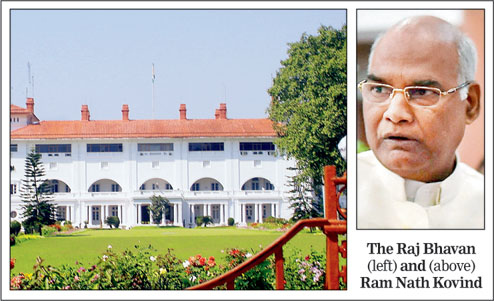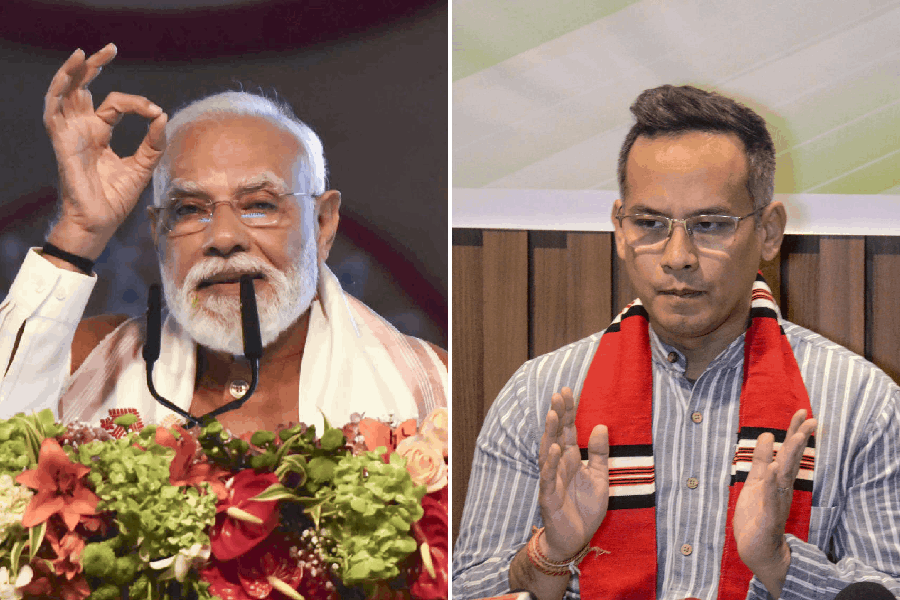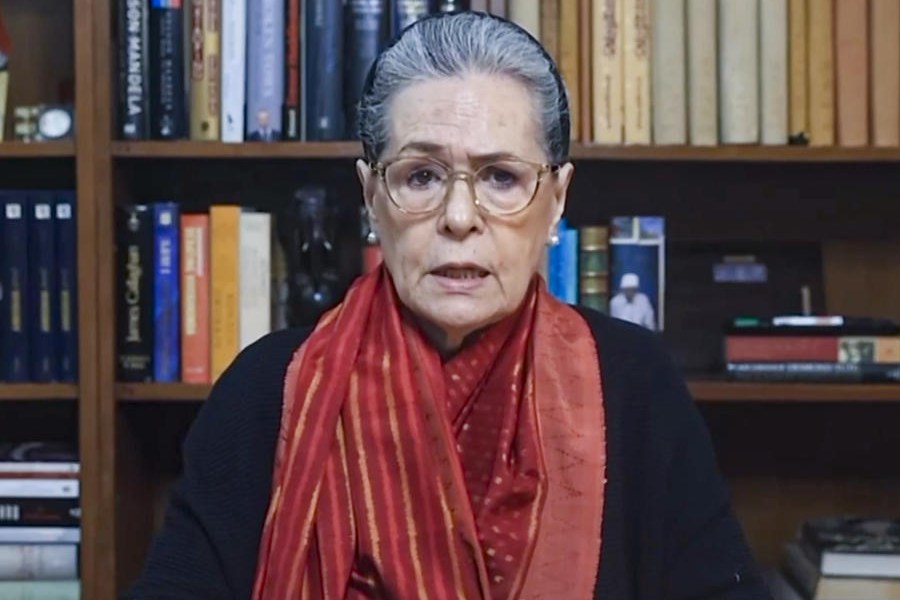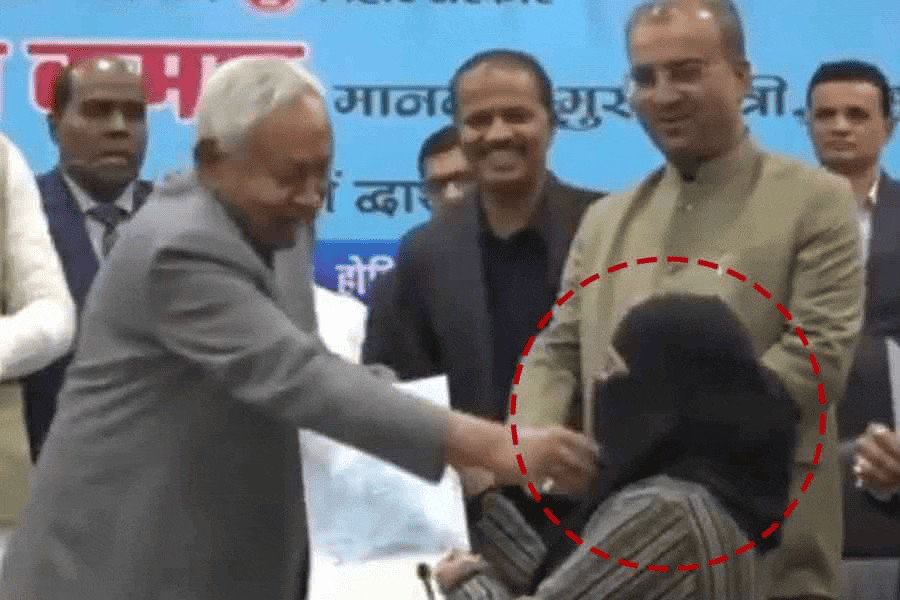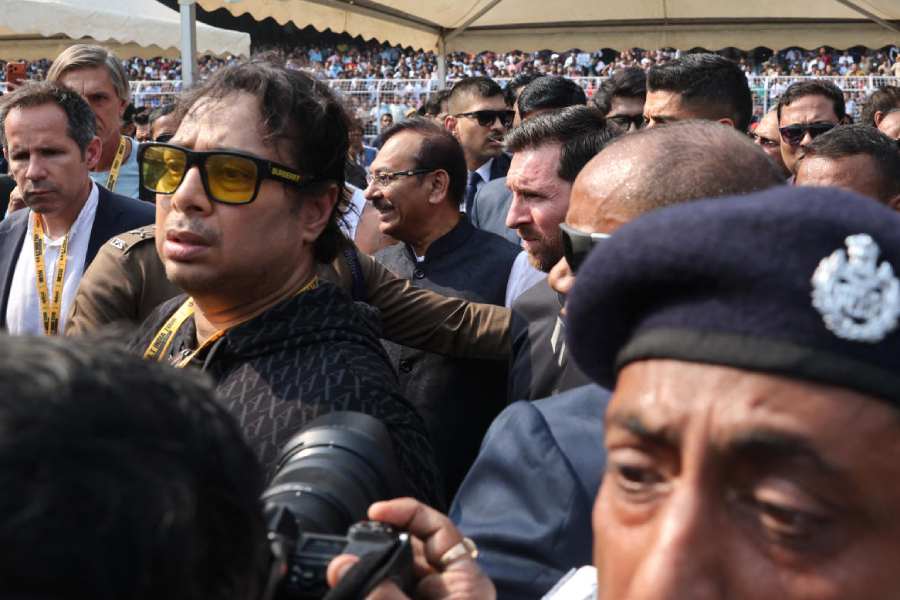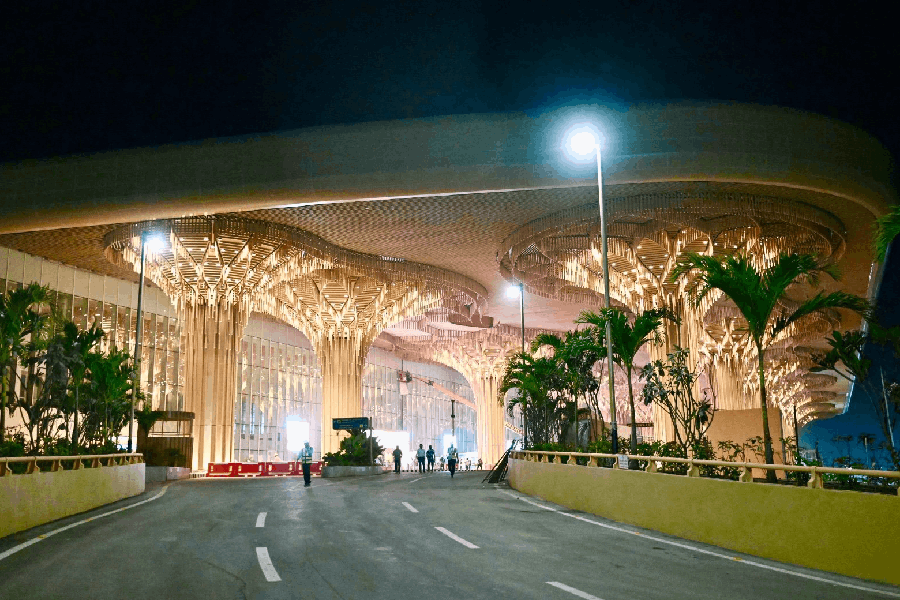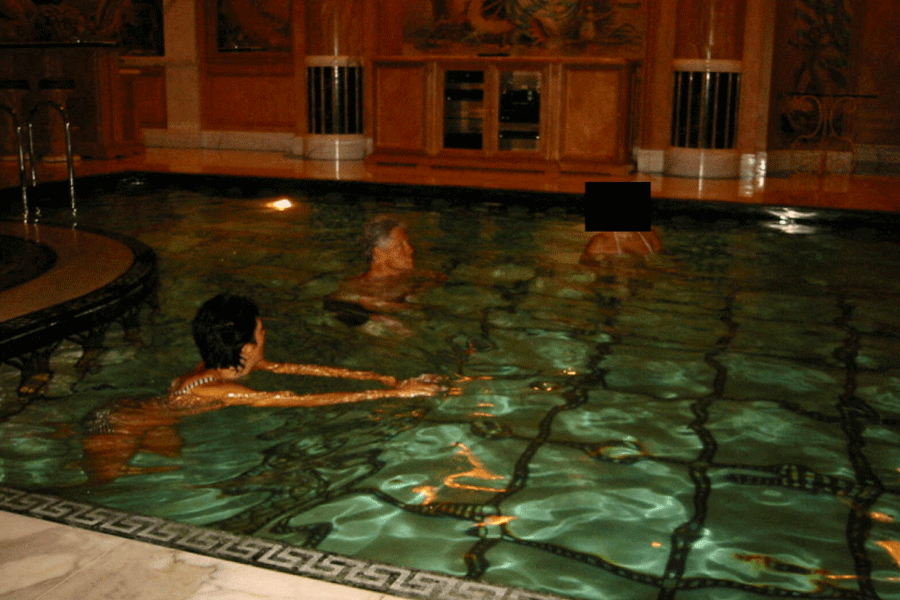
As he moves into the grand 340-room Rashtrapati Bhavan soon, Ram Nath Kovind will carry his expertise from the Bihar Raj Bhavan to forward the initiatives taken by outgoing President Pranab Mukherjee.
President Mukherjee set up a library for residents of the President's Estate, restored 130 damaged rare books of the old library, revived the Rashtrapati Bhavan gardens adding tulips, daffodils and other flower varieties, landscaped the greenery among other initiatives. Although it is quite an act for his successor to follow, Kovind looks up to it considering all the changes he made to the Bihar Raj Bhavan in his nearly two-year tenure as governor.
Planting new saplings, adding books to the Raj Bhavan library are among the steps Kovind took in his time in Bihar, even though his wish to lay a new lawn remained incomplete.
The front lawn of the Raj Bhavan is still dug up, said Raj Bhavan officials. "His Excellency had wanted to redo the lawn of Raj Bhavan," said Rakesh Dubey, the aide-de-camp (ADC) to governor.
Known as a copybook governor, Kovind did not believe in confronting the state government like many of his predecessors. Instead, he commissioned several renovations to the building designed by New Zealand-born architect Joseph Fearis Munnings over a hundred years ago.
The former governor - he would have completed two years on August 16 had he not padded up for a bigger role - and his wife planted a lot of saplings on the premises. "Whenever he went somewhere and saw plants and trees that caught his fancy, he tried to bring it to the Raj Bhavan to be planted," said another staff member in the Raj Bhavan. "In fact, few of the new plants were brought from the Maharashtra Raj Bhavan when he had gone to Mumbai on a visit. He used to take morning walks in the gardens."
The Governor's House is an example of the Renaissance-style of buildings and stands on a sprawling ground covering 110 acres of land with neatly laid flowerbeds and palm groves. Munnings, known as the "architect of the Empire" who also designed other heritage buildings like the old secretariat, borrowed the conceptual design from Government House (now the Bengal Raj Bhavan) in Calcutta, which was again modelled on Kedleston Hall in Derbyshire, UK. The three-storeyed building has three interlinked blocks with more than 50 rooms.
Kovind did not restrict himself to flora and fauna when it came to the changes. He got the rooms renovated, and the Governor's chamber elaborately redone with new furniture and woodwork. He also got an ante room built - that's where he took guests he wanted to talk in private. "It is the place where he used to meet chief minister Nitish Kumar," said another official.
He also ordered lot of the rooms, particularly where VVIP guests stay, to be redone. "He got many of the paintings hung on the Raj Bhavan walls reframed to give them a majestic look," said one official.
Beyond the Raj Bhavan, the quarters of the governor's employees were also cleaned up with the help of Patna Municipal Corporation on Kovind's orders. Dustbins were placed, as he was particular about cleanliness on the compound. The employees remember him as an avid reader of books who enriched the library with a lot of new editions. Many of them were legal books, not surprising given his background in law.
"He watched TV once, usually at 9pm and scanned the news. He was a man very particular about following protocol and a strict vegetarian. With his subordinate employees he may not have a warm relationship but if anyone came for help he tried his best. When he got elected as President he responded to the telephone calls of a few staff members who congratulated him," said another employee.

